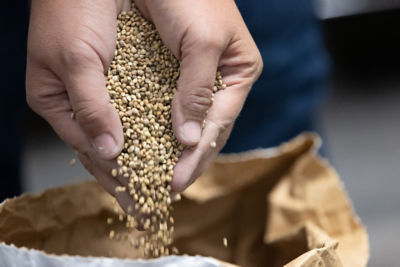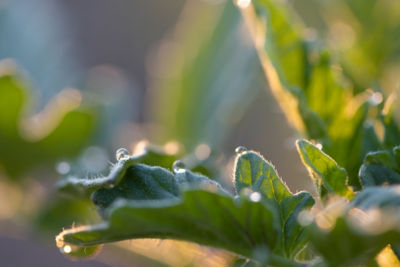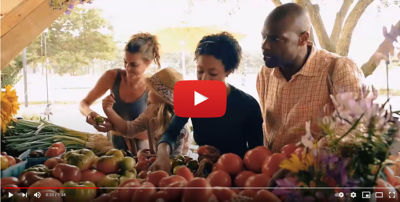Causal Agent
Pseudomonas syringae pv. syringae
Distribution
Southern and Southeastern Europe, Southern USA
Symptoms
Affected leaves or cotyledons develop irregular, watersoaked lesions that later become necrotic, turning dark-brown with a light center. Lesions may coalesce to form relatively large necrotic areas. Lesions with chlorotic halos are rare. However, under heavy disease pressure, large areas of the leaf may be affected and the whole leaf may prematurely turn yellow and drop. Infected fruit develop brownish-black, watery lesions that expand and rot. Symptoms of Syringae Seedling Blight can be confused with those caused by Bacterial Spot. However, the lower temperatures at which Syringae Seedling Blight occurs can help differentiate these two diseases.
 Coalescing lesions with light centers.
Coalescing lesions with light centers.
Conditions for Development
Temperatures between 16° and 24° C (60° and 75° F) and high humidity favor Syringae Seedling Blight. Bacteria is generally spread by splashing water that enters the plant through natural openings or wounds.
Control
Avoid low temperature and high humidity conditions in nurseries. Inspect seedlings for symptoms before transplanting to avoid introducing the disease to the field. Avoid overhead irrigation whenever possible.



